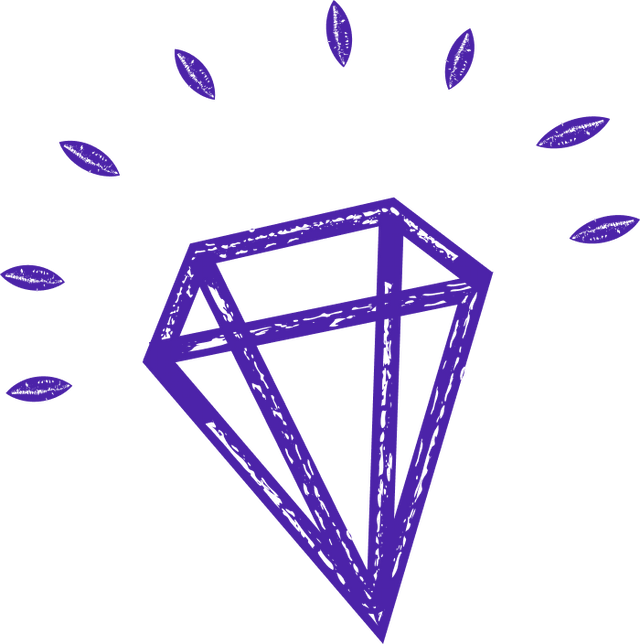
recursion
Understanding Recursion in Programming
Recursion
Recursion is a fundamental concept in computer science and programming that involves a function or algorithm calling itself, either directly or indirectly. It is a powerful technique that allows for the solution of complex problems by breaking them down into smaller, more manageable subproblems. In essence, recursion is a process where a problem is solved by solving smaller instances of the same problem, until a base case is reached.
How Recursion Works
Recursion functions by dividing a problem into smaller subproblems and solving them in a recursive manner. At each step, the function calls itself with a modified set of parameters or inputs, moving closer towards the base case. The base case is the simplest form of the problem that does not require any further recursion and allows the function to terminate.
When a recursive function is called, it creates a new instance of itself, known as a recursive call. These recursive calls continue until the base case is reached, at which point the function starts unwinding the stack of recursive calls and returns the results back to the original caller.
Example of Recursion
To better understand recursion, let's consider an example of calculating the factorial of a number. The factorial of a non-negative integer 'n' is denoted by 'n!' and is the product of all positive integers from 1 to 'n'. For instance, 5! is equal to 5 × 4 × 3 × 2 × 1, which equals 120.
A recursive function to calculate the factorial of a number can be defined as follows:
```python
def factorial(n):
if n == 0:
return 1
else:
return n * factorial(n-1)
```
In this example, the base case is when 'n' equals 0, where the function returns 1. For any other value of 'n', the function calls itself with 'n-1' as the argument, multiplying the current value of 'n' with the result of the recursive call. This process continues until the base case is reached, at which point the function starts unwinding the stack of recursive calls, returning the final result.
For instance, if we call `factorial(5)`, it will recursively call `factorial(4)`, then `factorial(3)`, `factorial(2)`, `factorial(1)`, and finally `factorial(0)`. As the base case is reached, the function starts unwinding, returning the intermediate results back up the stack until the original caller receives the final result of 120.
Benefits and Drawbacks of Recursion
Recursion offers several benefits in programming. It provides an elegant and concise solution for solving problems that can be naturally divided into smaller subproblems. It allows for the reduction of complex tasks into simpler and more manageable units, enhancing code readability and maintainability. Recursion can also be a powerful tool for traversing hierarchical data structures like trees and graphs.
However, recursion also has its drawbacks. Recursive functions can consume a significant amount of memory, as each recursive call creates a new instance of the function on the call stack. This can lead to stack overflow errors if the recursion depth becomes too large. Additionally, recursive algorithms may not always be the most efficient solution for certain problems, as they can involve redundant computations and duplicate work.
Conclusion
Recursion is a powerful and widely used concept in computer science and programming. It allows for the solution of complex problems by breaking them down into smaller, more manageable subproblems. By understanding the base case and how each recursive call modifies the problem, developers can leverage recursion to write elegant and efficient code. However, it is essential to be mindful of the potential drawbacks, such as memory consumption and performance considerations, when utilizing recursion in practice.







